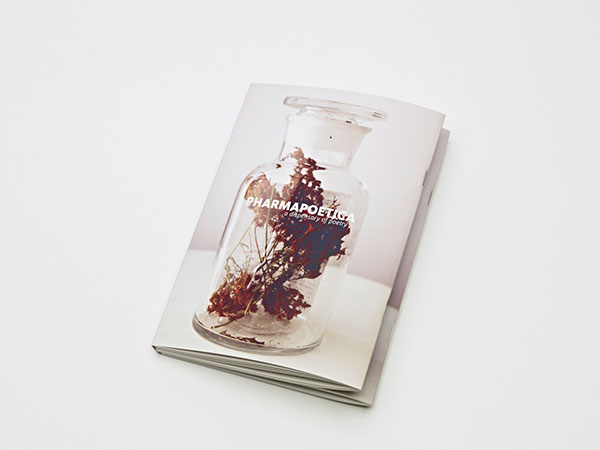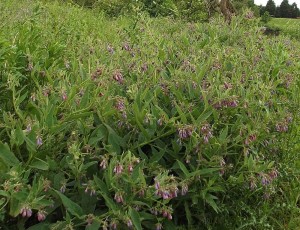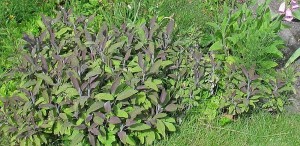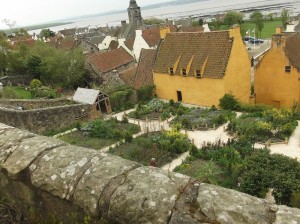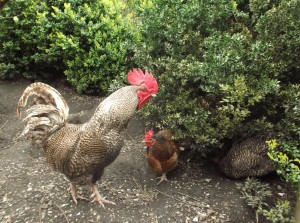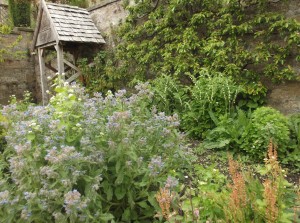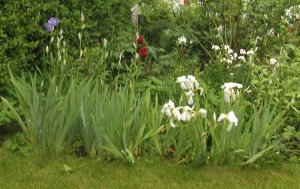 This is the plant that makes orris root, or at least it does in my house. It isn’t the true variety iris germanica var florentina, which is this one:
This is the plant that makes orris root, or at least it does in my house. It isn’t the true variety iris germanica var florentina, which is this one:
 which I photographed at Culross. It looks relatively scrawny and a bit pathetic compared with the germanica ones, but it is the real deal, with the roots that were dried and ground into orris root powder for pot pourris and laundry. You could boil the roots with your linen to give them a rich violet scent which lastes for ages and deters moths. It is also a fixative, which means that not only does it small nice in itself, it helps to preserve the smell of other scented plants.
which I photographed at Culross. It looks relatively scrawny and a bit pathetic compared with the germanica ones, but it is the real deal, with the roots that were dried and ground into orris root powder for pot pourris and laundry. You could boil the roots with your linen to give them a rich violet scent which lastes for ages and deters moths. It is also a fixative, which means that not only does it small nice in itself, it helps to preserve the smell of other scented plants.
The garden variety which I have may not be precisely the same as florentina, but it does the job. You dig up the roots in the autumn, after they have had a good baking, and dry them out slowly in a cool oven. It takes an unbelievably long time, as you need them to be completely dry and brittle, and then you can pulverise them in a spice grinder. I did this a few years back, and used the powder as recommended in a pot pourri. It was amazing – not so much a distinctive scent, but a kind of rich base note that brought all the lavender, rosepetals, other herbs and spices, into a wonderful harmony. And it did last for several years, so I am going to dry some more roots this September and see what I can do. This is the pond this week. There’s no sign of tadpoles, but it’s pretty busy. I think I have a kind of gated community for elderly frogs, who just want to chill, and who can’t be doing with all the tadpole shenanigans!
This is the pond this week. There’s no sign of tadpoles, but it’s pretty busy. I think I have a kind of gated community for elderly frogs, who just want to chill, and who can’t be doing with all the tadpole shenanigans!
